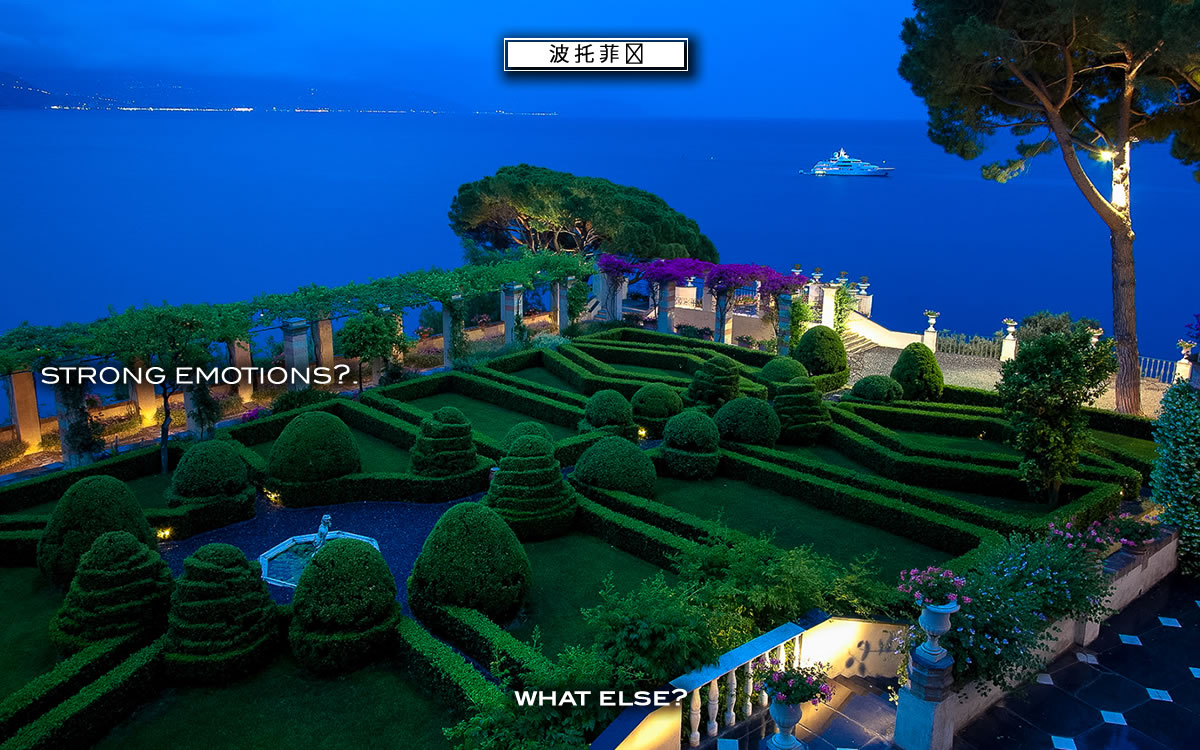
The Monastery of Cervara found halfway between Santa Margherita and Portofino, is an important complex that in the middle ages received many illustrious guests who were traveling along the Dolphins coast. The name of the monastery derives from the Cervara family who were the proprietors of a good deal of land in the area.
Interesting to note is the etymology of the name: Cervara derives from “cervaria” with the variations “servaria” “sylvaria” from “sarvea” which is a dialect word for the modern Italian word “selva” which means a thick forest. The forests and the presence of the sea rendered this solitary spot all but inaccessible and thus particularly suitable for prayer and meditation. The old church and the belltower were constructed in 1361 by the archbishop of Genoa, Guido Scetten, a gentile poetic spirit who, while visiting Portofino wished that the church of his dreams could be built on the highest peak in the vicinity called “Cervara”. Here he would be able to come to rejuvenate his soul much taxed by the numerous cares of his ministry.
With the passing of time, however, the monastery and church would find itself in 1430 in a state of decay. To effect a restoration, the rent from the lands held by the church would not be sufficient. Thus was necessary a papal bull by Pope Eugenio IV authorizing the Prior to absolve the guilt of usurers and pirates in exchange for money to be used towards the restoration of the monastery. During the course of the sixteenth century, it was deemed necessary to erect a defensive tower. The attempts at construction merit remembering. In 1553 the abbot Mauro went to Praglia, to the general chapter of the congregation of Cassino to submit the urgent request of his monastery to erect a tower. Having received a certain sum that he considered insufficient, he asked his followers to supplement it with a personal contribution of 7 liras.
In 1556, to complete the work, the Doge and the senate finalized the appropriation of the funds for 1557 of the sacristy of the curia of Rapallo.
The proceeds were kept in the abbot’s chamber while waiting for further financing that would make it possible to resume the restoration project. But in September of 1562, Pietro di Curris di Bobbio, a servant of a family in the monastery, entered the chamber while the monks were praying in the church, stole part of the money, and escaped. He was arrested and tried on April 15th of the following year but managed to escape once again.
In the sixteenth century, the church was enriched by the works of famous painters among which we remember the polyptych by Gerard David, now hanging in the gallery of Palazzo Bianco of Genoa, and oil paintings with the blessed Virgin and other paintings attributed to the Piolas. With the advent of the French Revolution (The Ligurian Republic) and the subsequent arrival of the French (the pillaging of Napoleon), many works of art were unfortunately stolen and the church and the abbey were left in ruins. In 1807, not without considerable diatribe among the parishes, the treasure of Cervara (crosses, thuribles, pyxes, etc.) was divided between the church of Portofino and Nozarego. In response to the requests of the local inhabitants, the Genoese Republic ceded Cervara to the Trappist monks of Valle Santa, but in 1810 the emperor Napoleon suppressed the monastery definitively and it became state property.
The Benedictine Abbey remained closed until 1859 when, from the seminary in Chiavari to which it had been entrusted by Carlo Alberto in 1824, it was ceded to Count Giuseppe Pessagno, whose wife then sold it together with the contiguous property to the Marchese Giacomo Durazzo. In 1871 Durazw agreed to give up his property rights to the Somaschi Fathers of the college of San Giorgio of Novi Ligure on the condition that they institute a boarding school and repair the church and other buildings without damaging the original ancient design.
The Somaschi Fathers kept the monastery from 1877 to 1901 and in that period the Vairo brothers supervised the work of restoration and organized many cultural events in the abbey and the local area. Afterward, the next residents would be the Certosinians of Mongères and Montreux, expelled from France by Pope Pius X in 1903. In 1937 the entire property was sold to the Trossi Counts who owned it until 1993 when it was ceded to a corporation from Milan. This corporation is actualizing the reconstruction of the church, the cloister, and the tower, and, with the guidance of the Superintendent of Fine Arts they are trying to recuperate what f is possible of the fifteenth-century frescoes discovered in the chapels found next to the church. The beautiful Italian-style garden has already been put in order. It is the intention of the current proprietors to transform the “Cervara” into a Center for Studies and Conventions, utilizing the vast environment of the ex-abbey.
Portofino, a World apart.
